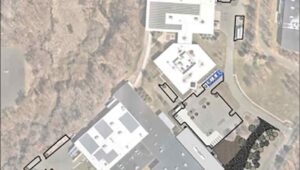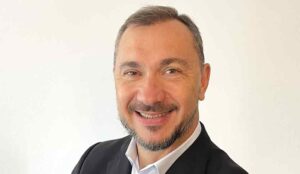Making existing building “net zero”
21st April 2015
USA: Purdue University is working with US manufacturer Whirlpool to convert an existing home to a “net-zero” structure.
While most “net-zero” thinking focuses on new buildings, the ReNEWW house (Retrofitted Net-Zero Energy, Water and Waste) is an existing building renovated to install energy and water saving features and equipped with solar panels that produce both electricity and hot water. Systems in the home will harvest waste heat from appliances and grey water from showers and sinks.
A three-year project, researchers and the company will use data collected from the home in the first year for educational purposes and to specify the retrofit actions.
“So much of the net-zero energy discussion now focuses on new buildings but most homes are existing structures,” said Eckhard Groll, the Reilly professor of mechanical engineering and director of Purdue’s Office of Professional Practice.
The United States currently has over 130 million existing housing units most of which have been in existence since the 1970s.

The house, built in the late 1920s and located in West Lafayette, is owned by the Purdue Research Foundation, which leased the structure to Whirlpool.
Whirlpool engineers will come to Purdue as graduate students and live in the house for two semesters as part of the Whirlpool Engineering Rotational Leadership Development (WERLD) programme.
“Three WERLD master’s students will have the opportunity to live in the house and work on projects related to that house, so it becomes a living lab,” said Groll.
During the first year students will collect “baseline data,” which includes precision measurements of the structure and how much energy and water it currently consumes.
Baseline data are needed to determine how to upgrade the home by replacing the windows, insulation and appliances and how to add solar panels and other equipment.
“We want to do some major renovations, including implementing thermally integrated appliances during the third year. That means if you have an air conditioner that rejects heat to the outside through a condenser coil, why don’t we harvest that heat and put it into the hot-water system,” said Groll, whose research is based at Purdue’s Ray W Herrick Laboratories.







